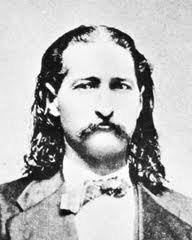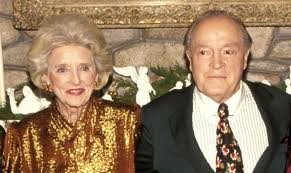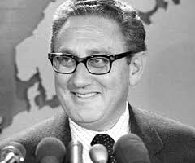US: a coffin
US: a pancake
US: trousers
US: only an animal
US: an area of wet muddy ground
US: a trolleybus
US: the ground floor of a building
US: thin pieces of deep-fried potato
US: a buttery bread roll
US: a scientist working with chemicals
US: a piece of footwear
US: someone who jumps off something to end their life
US: a person who teaches you skills, often in a gym
US: a homeless person
US: to pick up and move something
We are celebrating the 1960s by paying homage to one of everyone's favorite cocktail party appetizer...Swedish Meatballs! So whether you serve these finger-food style with a toothpick or you put them over some egg noodles for a lip-smackin' dinner, you'll be transported back in time after just one bite!
- 1 1/4 pounds ground beef
- 1/2 cup bread crumbs
- 1 egg
- 1/2 teaspoon onion powder
- 1 1/2 teaspoons salt, divided
- 1/2 teaspoon black pepper, divided
- 1 (12-ounce) jar brown gravy
- 1/2 cup sour cream
- 1 teaspoon Worcestershire sauce
- 1/2 teaspoon bottled browning and seasoning sauce
- Preheat oven to 375º. Coat a baking sheet with cooking spray.
- In a medium bowl, combine ground beef, bread crumbs, egg, onion powder, 1 teaspoon salt, and 1/4 teaspoon pepper; mix well. Form into 1-inch meatballs and place on prepared baking sheet.
- Bake 20 minutes, or until meatballs are cooked through.
- In a large saucepan, combine remaining ingredients. Heat over medium-high heat until just bubbly. Add meatballs and cook until heated through, about 5 minutes, stirring gently to coat the meatballs.
***To use as a main dish, these can be served over cooked noodles or rice.
It could be a sticky situation on May 27th as we recognize National Cellophane Tape Day. Can you imagine where we would be without this invention? Wrapping presents would be slightly more difficult without it.
Also known as invisible tape or Scotch Tape, this innovation can be found in every household and office. Richard Gurley Drew (June 22, 1899 – December 14, 1980) invented the invisible tape in 1930. He created the tape from cellulose and originally called it cellulose tape. His career started at the 3M company in 1920 in St. Paul, Minnesota where he developed a masking tape for the automotive industry in 1925.
Originally designed to seal Cellophane packages sold in groceries and bakeries, the new adhesive missed its mark. By the time all its drawbacks were resolved, DuPont introduced heat-sealed cellophane. However, the Cellophane packaging still offered some benefits.
With a resounding endorsement from customers, 3M found a market in both the home and the office. Many of us keep several rolls of it, too. Check the closet with the wrapping paper for a roll or two. There will be another in the junk drawer. Count another on the desk, perhaps. In offices and schools, teachers and employees stash the tape in large quantities.
HOW TO OBSERVE
From craft projects to posters, Cellophane tape holds up to the hype. How many rolls of this invisible tape do you have laying around? Wrap a package or tape a picture to the fridge. Repair a torn page from a book.












